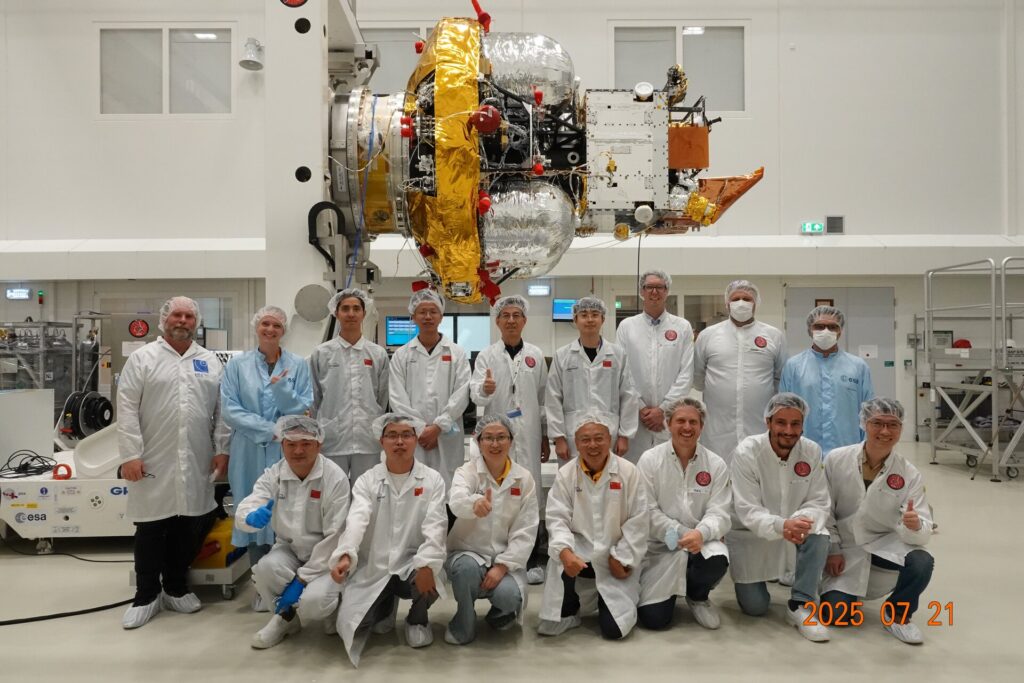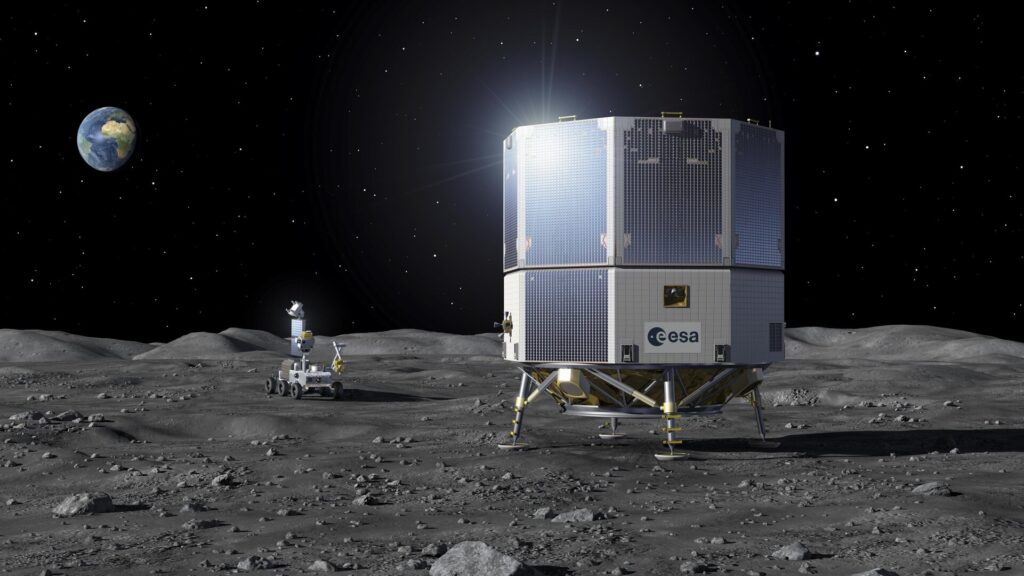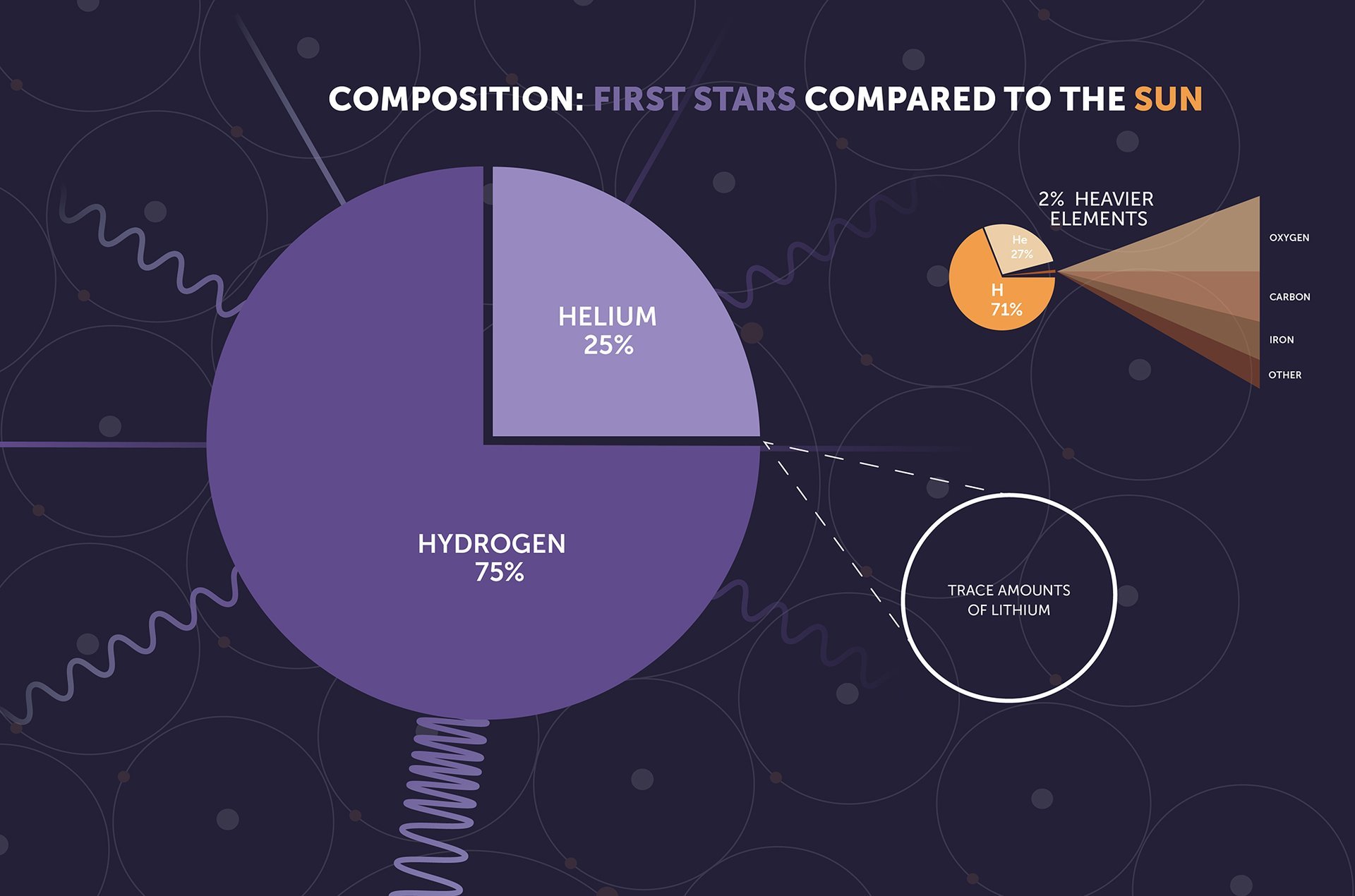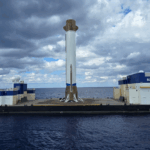Now Reading: Dancing dust devils trace raging winds on Mars
-
01
Dancing dust devils trace raging winds on Mars
Dancing dust devils trace raging winds on Mars
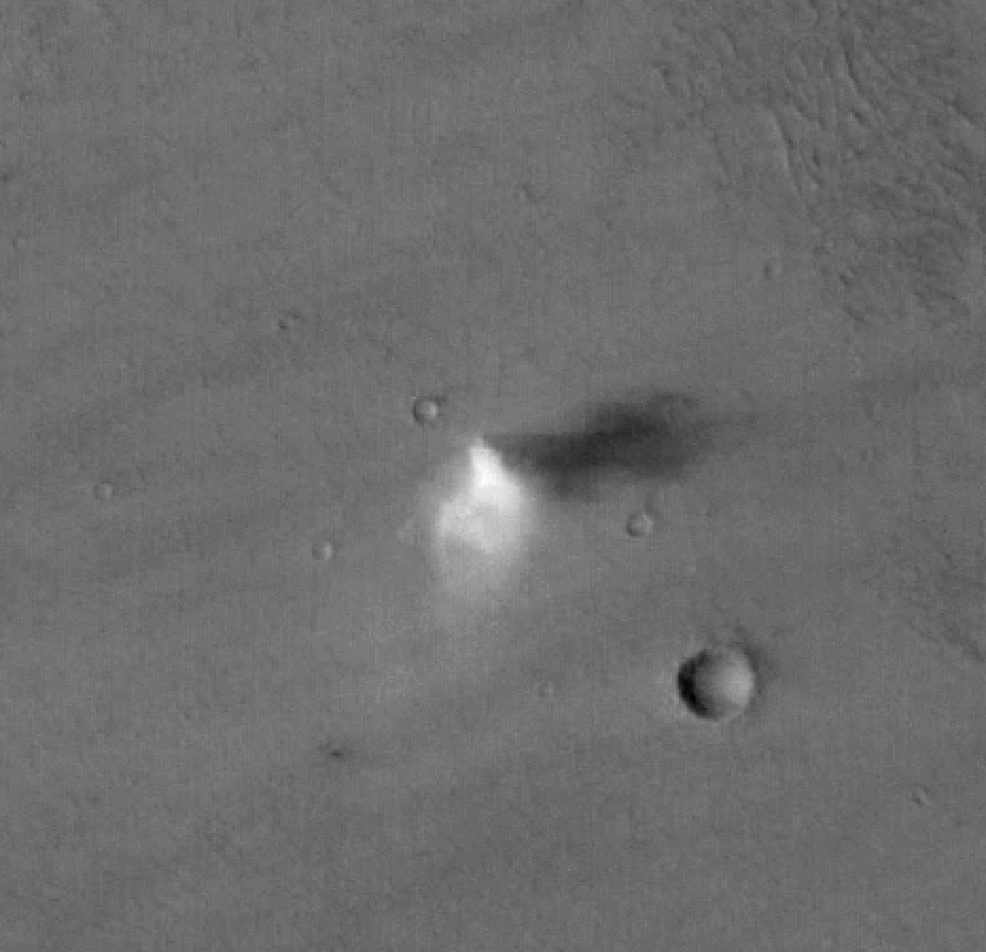

08/10/2025
36 views
1 likes
In brief
Combing through 20 years of images from the European Space Agency’s Mars Express and ExoMars Trace Gas Orbiter spacecraft, scientists have tracked 1039 tornado-like whirlwinds to reveal how dust is lifted into the air and swept around Mars’s surface.
Published today in Science Advances, their findings – including that the strongest winds on Mars blow much faster than we thought – give us a much clearer picture of the Red Planet’s weather and climate.
And with these ‘dust devils’ collected into a single public catalogue, this research is just the beginning. Besides pure science, it will be useful for planning future missions, for example incorporating provisions for the irksome dust that settles on the solar panels of our robotic rovers.
In-depth
We’ve been seeing dust devils for decades with Mars rovers and orbiters. This research takes a big step further, being the first to track the motion of so many of these twisters to find out how exactly they travel across Mars’s surface.
The study was led by Valentin Bickel from the University of Bern in Switzerland. Their catalogue is the first ever to include the speeds and directions of motions for dust devils all over Mars.
“Dust devils make the normally invisible wind visible,” explains Valentin. “By measuring their speed and direction of travel we have started mapping the wind all over Mars’s surface. This was impossible before because we didn’t have enough data to make this kind of measurement on a global scale.”
Mars is a dramatic planet, with vast volcanoes and cavernous craters. Why should we focus on something as seemingly dull as dust?
Dust can shield the Sun to keep daytime temperatures cooler, and act like a blanket to keep nighttime temperatures warmer. And particles of dust can act as the starting point for clouds to form, whilst dust storms can even force water vapour to escape into space.
Unlike on Earth, where it is washed out of the air by rain, dust can stay in Mars’s atmosphere for a long time, being blown all around the planet. So, for a better understanding of Mars’s climate, scientists are keen to understand when, where and how dust is lifted off the surface into the atmosphere.
More data, better picture
For this new study, researchers trained a neural network to recognise dust devils and then comb through images taken by Mars Express since 2004 and ExoMars TGO since 2016 to build up a catalogue of 1039 of them.
The map above shows the locations of all 1039 dust devils, and the direction of motion for 373. It confirms that although dust devils are found all over Mars, even on its towering volcanoes, lots are swept up from certain ‘source regions’. For example, many were clustered in Amazonis Planitia (upper left of the map), a huge patch of Mars covered in a fine layer of dust and sand.
By tracking how fast the dust devils moved, the researchers found wind speeds of up to 44 m/s, or 158 km/h. This is faster than we’ve ever measured with rovers on the ground – though it’s worth noting that the martian air is so thin that a human would barely even notice a wind of 100 km/h on Mars.
The researchers found that, in most cases, the dust devils were being blown across the landscape faster than our current Mars weather models predicted. In places where wind speeds are higher than expected, there may be more dust being lifted from the ground than we realised.
Like Earth, Mars has seasons. The catalogue also highlights that dust devils are most common in the spring and summer of each hemisphere. They last a few minutes and typically happen during the daytime, peaking between about 11:00 and 14:00 local solar time.
This is very similar to what we see on Earth, where dust devils are most common in dry and dusty places in the late morning to early afternoon during the summer months.
Better picture, safer exploration
This kind of big-picture view requires a lot of data, which can’t be captured by rovers and landers alone. Until now, our models of Mars’s climate have been based on the limited data we have from missions that don’t really cover much of the planet’s surface.
Thanks to this study, we now have lots of new measurements from all over Mars, helping to inform and refine the models. This improves our understanding and predictions of wind patterns around the Red Planet.
“Information on wind speeds and directions is also really important when planning the arrival of future landers and rovers at Mars,” mentions Valentin. “Our measurements could help scientists build up an understanding of wind conditions at a landing site before touchdown, which could help them estimate how much dust might settle on a rover’s solar panels – and therefore how often they should self-clean.”
We’re already using dust information to plan our future missions. Our ExoMars Rosalind Franklin rover is planned to touchdown on Mars in 2030 to avoid landing during the planet’s global dust storm season.
Valentin emphasises that “this catalogue of dust devil tracks is already public and anybody can use it for their own research. More entries are being added over time – Mars Express and ExoMars TGO are collecting new images every day.”
“Now that we know where dust devils usually happen, we can direct more images to those exact places and times. We are also coordinating the missions to image the same dust devils at the same time, to be able to compare the movement measurements and validate the data.”
From noise to gold
Mars Express and ExoMars TGO were never actually designed to measure wind speeds on Mars. Valentin’s team made use of a normally unwanted feature of the data to track the dust devils.
For both spacecraft, a single image is created by combining views from separate channels (each channel looks at Mars either in a specific colour or from a specific direction – or both). By design, there is a small delay between the views. This delay causes no problems as long as the surface is static, however it can cause slight ‘colour offsets’ in the final image whenever something is moving, such as clouds and dust devils. These offsets were exactly what the researchers were looking for – in Valentin’s words “we turned image noise into valuable scientific measurements”.
An imaging sequence from Mars Express combines up to nine image channels taken with a delay of about 7 to 19 seconds between each one. During these delays, any dust devil passing below moves a short distance, allowing the researchers to measure its speed. Because five separate image channels were used in this study, the team could even see how much the dust devil wobbled from left to right, as well as how its speed changed over time.
The GIF below shows a dust devil moving through the five channels in one Mars Express imaging sequence.
Images taken with ExoMars TGO’s Colour and Surface Stereo Imaging System (CaSSIS) combine two views taken either a second (for colour images) or 46 seconds (for stereo images) apart. Though we can’t see any wobble or acceleration, the extra delay lets us see dust devils moving much further between each image.
The first GIF below shows a dust devil photographed by ExoMars TGO with a one-second delay between views. The second GIF shows the same dust devil imaged with a 46-second delay.
“It’s great to see researchers using Mars Express and ExoMars TGO for totally unexpected research,” says Colin Wilson, ESA project scientist for both missions. “Dust affects everything on Mars – from local weather conditions to how well we can take images from orbit. It’s difficult to understate the importance of the dust cycle.”
Notes for editors
‘Dust Devil Migration Patterns Reveal Strong Near-surface Winds across Mars’ by Bickel et al. is published today in Science Advances. DOI: 10.1126/sciadv.adw5170
For more information please contact:
ESA Media Relations
Stay Informed With the Latest & Most Important News
Previous Post
Next Post
-
 012024 in Review: Highlights from NASA in Silicon Valley
012024 in Review: Highlights from NASA in Silicon Valley -
 02Panasonic Leica Summilux DG 15mm f/1.7 ASPH review
02Panasonic Leica Summilux DG 15mm f/1.7 ASPH review -
 03How New NASA, India Earth Satellite NISAR Will See Earth
03How New NASA, India Earth Satellite NISAR Will See Earth -
 04And Thus Begins A New Year For Life On Earth
04And Thus Begins A New Year For Life On Earth -
 05Astronomy Activation Ambassadors: A New Era
05Astronomy Activation Ambassadors: A New Era -
06SpaceX launch surge helps set new global launch record in 2024
-
 07Space Force plans new ‘Futures Command’ amid pressure to speed up modernization
07Space Force plans new ‘Futures Command’ amid pressure to speed up modernization













